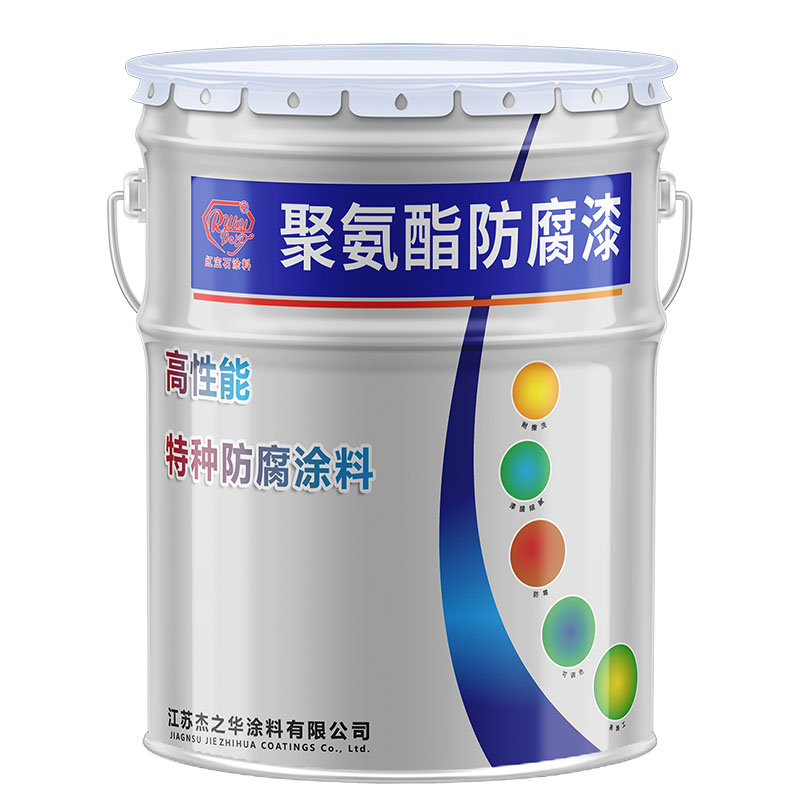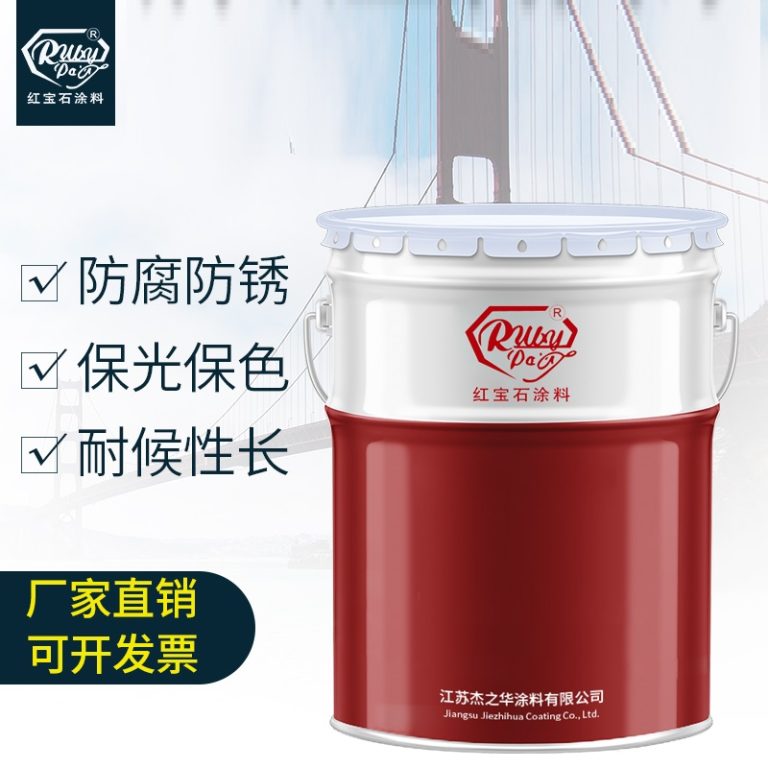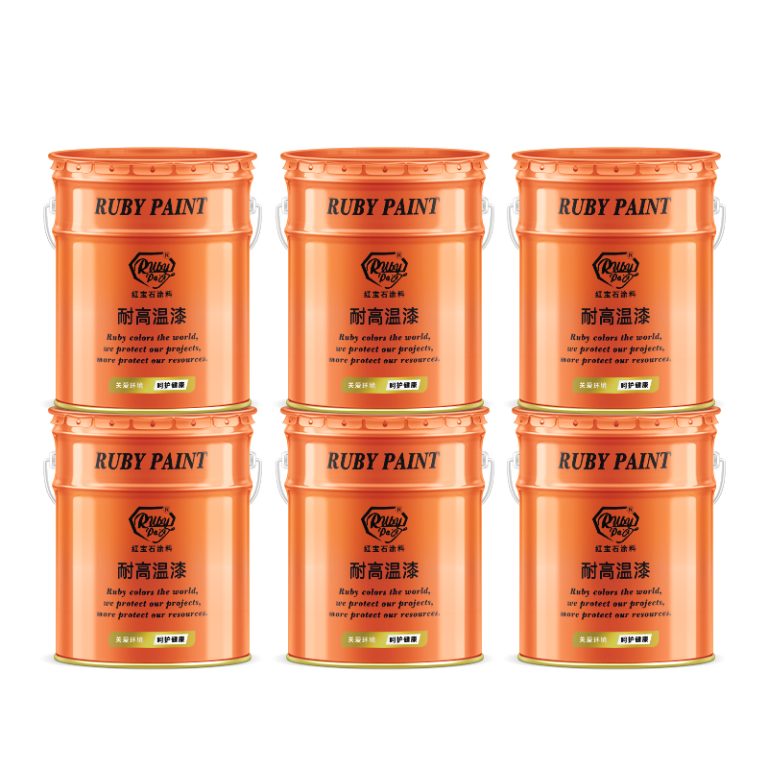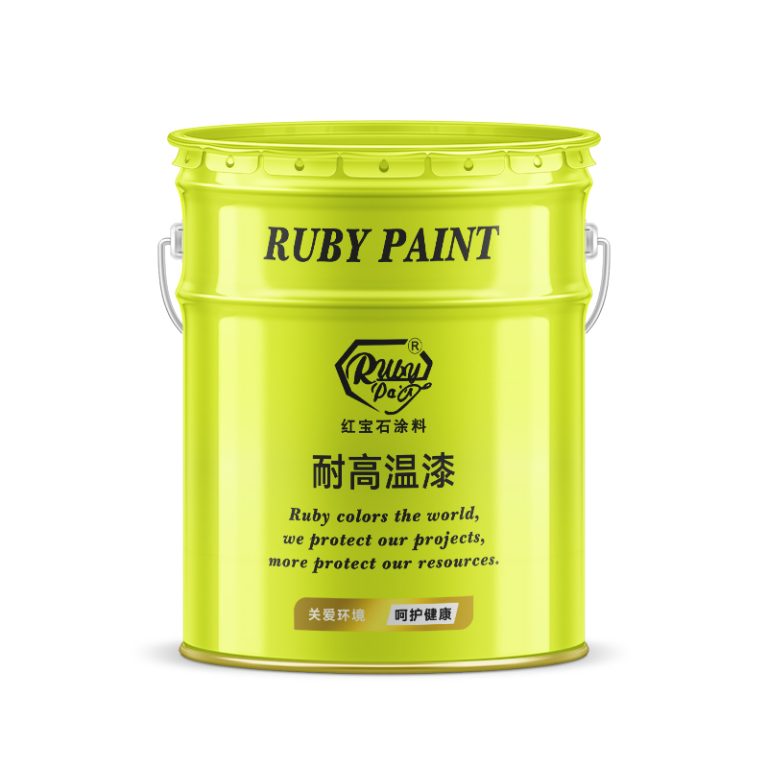Table of Contents
Avances dans les technologies de cartographie marine 3D
Non
| Nom | Peinture au fluorocarbone |
| 1 | L’impact des modèles 3D marins sur les efforts de conservation des océans |
Non
Nom
Peinture industrielle

The use of marine 3D models has revolutionized the way scientists study and monitor the health of ocean ecosystems. By creating accurate representations of coral reefs, seagrass beds, and other critical habitats, researchers can track changes over time and assess the impact of human activities, such as pollution and overfishing, on these delicate ecosystems. This information is crucial for developing effective conservation strategies and ensuring the long-term sustainability of marine resources.
Furthermore, marine 3D models facilitate the identification and protection of biodiversity hotspots. These models enable scientists to pinpoint areas with high concentrations of endemic species, which are often most vulnerable to environmental changes. By understanding the spatial distribution of these species and their habitats, conservationists can prioritize areas for protection and tailor their efforts to preserve the unique biodiversity of these regions.
In addition to aiding in research and conservation planning, marine 3D models also play a significant role in raising public awareness about the importance of ocean conservation. By providing a visual and interactive representation of underwater environments, these models help to bridge the gap between scientific knowledge and public understanding. People are more likely to support conservation initiatives when they can see and appreciate the beauty and complexity of marine ecosystems, making marine 3D models an invaluable tool for engaging and educating the public.
Moreover, marine 3D models are also instrumental in the design and implementation of marine protected areas (MPAs). MPAs are regions of the ocean where human activities are regulated to protect biodiversity and promote the recovery of ecosystems. By using 3D models to analyze the spatial relationships between different habitats and species, policymakers can make informed decisions about the boundaries and regulations of MPAs. This ensures that protected areas are strategically placed to maximize conservation benefits while minimizing disruptions to local communities and industries.
The impact of marine 3D models extends beyond conservation and public engagement. These models are also being used to enhance the safety and efficiency of marine operations, such as shipping and offshore energy production. By providing detailed information about underwater topography and potential hazards, marine 3D models help operators plan safer and more efficient routes, reducing the risk of accidents and minimizing environmental impacts.
In conclusion, marine 3D models have become an indispensable tool in the field of ocean conservation. By offering detailed and accurate representations of underwater environments, these models enhance scientific research, support the design of effective conservation strategies, raise public awareness, and improve the safety of marine operations. As technology continues to advance, the potential applications of marine 3D models are likely to expand, further contributing to the preservation and sustainable management of our planet’s precious marine resources.
| No. | Name |
| 1 | Industrial paint |





